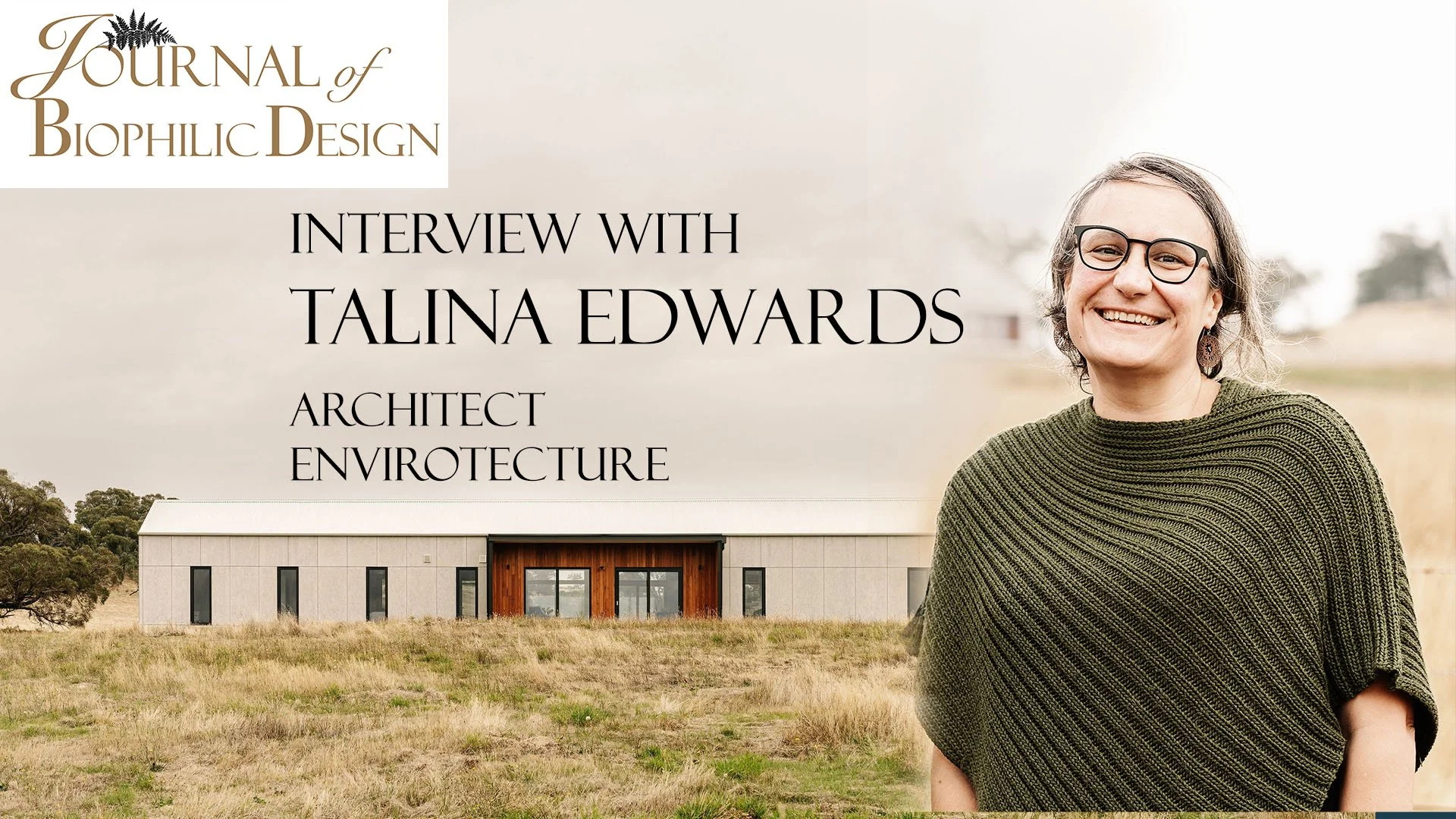In a laboratory in Manchester, a quiet revolution is brewing that could dramatically reshape the construction industry's environmental impact. LAMDA, a groundbreaking wool insulation panel, promises to challenge the dominance of petrochemical-based building materials while offering a sustainable, health-conscious alternative.
Vicente Orts Mercadillo from Vector Homes and Ruth Marie Mackrodt of Wool Insulation Wales are pioneering a material that does far more than simply keep buildings warm. Their innovation tackles multiple environmental and health challenges simultaneously.
"Construction is responsible for around 40% of global carbon emissions," explains Ruth, highlighting the urgent need for sustainable alternatives. In the UK alone, 9% of the national carbon footprint comes from manufacturing construction materials. The LAMDA panel's credentials are impressive.


